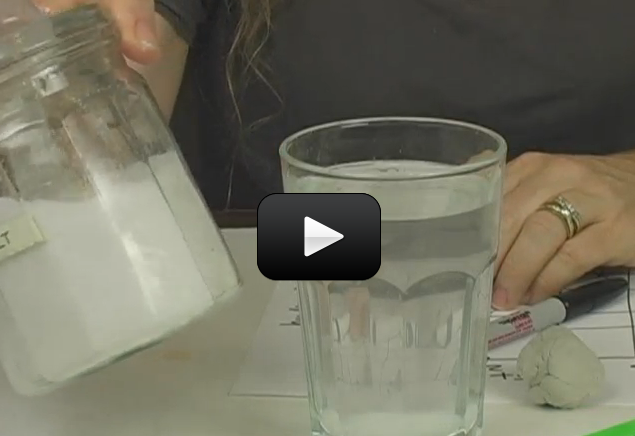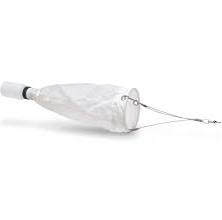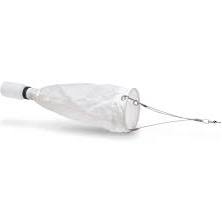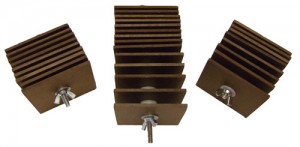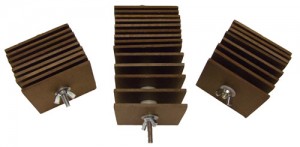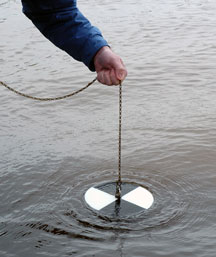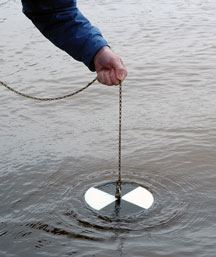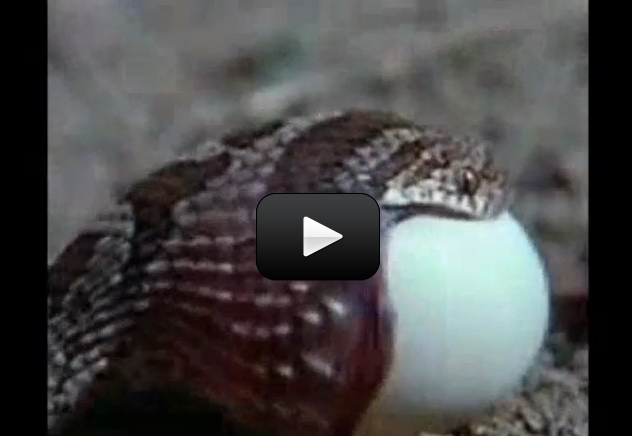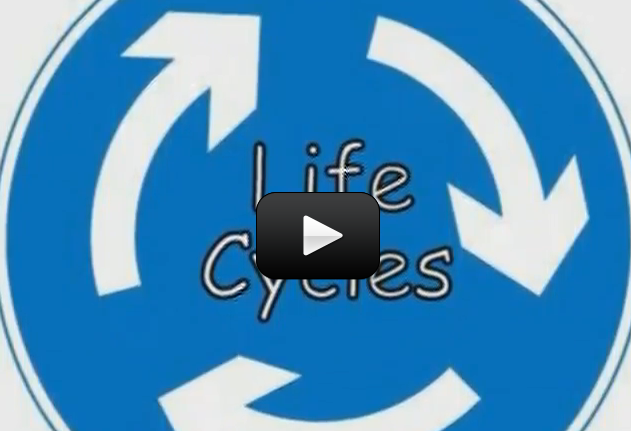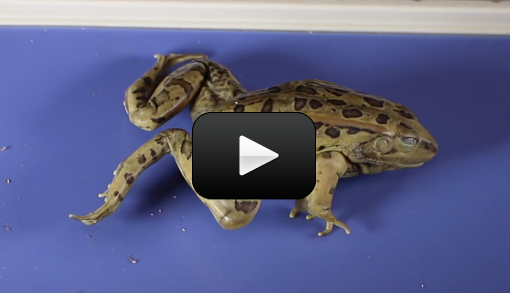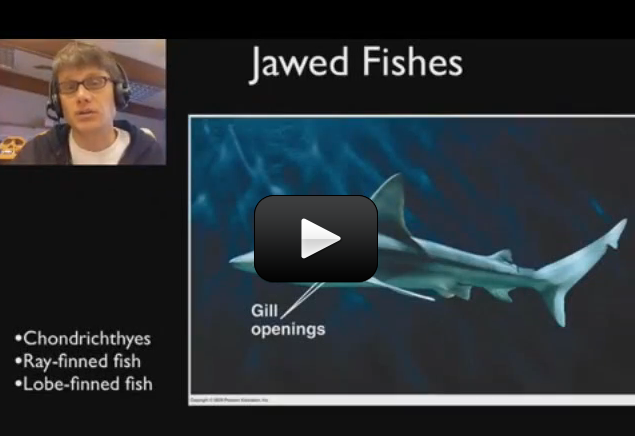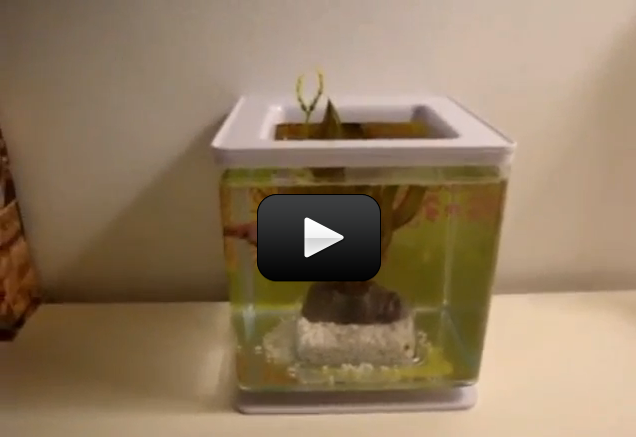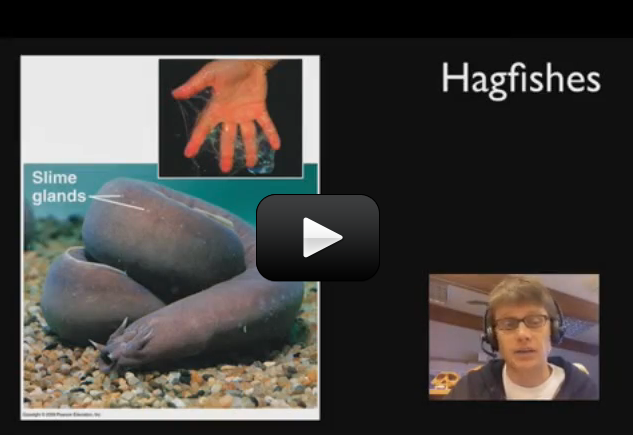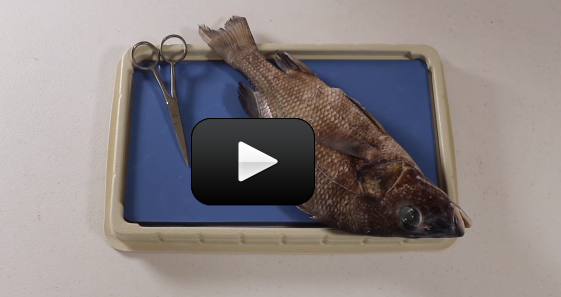About 6,000 species of animals belong to the class amphibia, commonly called the amphibians. A class is a group of living things in the same phylum or sub-phylum (in this case, vertebrata) that share certain characteristics. One of the most important characteristics they share is that they begin life in the water, but then spend most of their lives on land.
Although amphibians inhabit many environments, from tropical to arctic climates, they cannot live in saltwater, eliminating the oceans as a place to find these animals. Some amphibians do live in brackish water, which is slightly salty, but these animals generally live in or near freshwater. Amphibians are ectothermic and carnivorous, generally feeding on bugs and other arthropods.
The life cycle of amphibians is one of the most interesting of the vertebrates. Adult animals lay a shell-less egg, usually in a pond or some other freshwater location. A larva then hatches. The legless larva lives in the water, breathing through gills, as fish do. Slowly, over time, the larva undergoes a metamorphosis, or change in body structure. During this change, the larva takes on the adult form, losing its gills, growing four legs, and eventually becoming completely terrestrial, meaning that it lives only on land.
The lifecycle of the frog, in which the larva is called a tadpole, is typical of amphibians.
As part of becoming terrestrial, amphibians must undergo several changes. Their gills are replaced with another respiratory organ, like lungs, allowing them to breathe on land. Their skin also undergoes a change to keep them from losing water and becoming dehydrated. They develop eyelids to more effectively see in a terrestrial environment. Finally, an eardrum develops separating the exterior from the middle ear.
About 500 amphibian species are salamanders. These animals are generally characterized by tails, short legs, and moist skin. The moist skin of the salamander requires them to live in or near water more than many other amphibians. In fact, some salamanders live their whole lives in water. Others live outside water in the adult stage, but stay in swamps, where the ground is moist, and will not dehydrate their skin.
Salamanders are unique in both their respiration and feeding. Some salamanders have lungs and breathe in a way similar to mammals. Others keep their gills into adulthood, and remain in the water, breathing through their gills. Still others have neither gills nor lungs, and breathe through valerian respiration in which air is passed through the skin. In terms of hunting, a muscle called the hyoid muscle shoots out, along with the tongue. The tongue of the salamander is covered in mucus, and prey is captured in this sticky mucus. Salamanders are also the only vertebrate that can regenerate lost limbs.
Frogs and toads are members of the same order, which is a group of similar living things in the same class. People sometimes distinguish frogs and toads based on the fact that toads usually live in drier environments, and have leathery skin to help them in this environment.
However, there is really very little difference between animals referred to as “frogs” and “toads” in this reading, other than the fact that toads do not have any teeth and must swallow their food whole. To make things simpler in this reading, we will just call this group of animals “frogs.”
Frogs can be characterized by long legs and the absence of a tail. They spend their adulthood out of the water, breathing through lungs. Frogs enter the water in the adult stage only to reproduce. For this reason, the males of many species of frogs have mating calls to draw females into the water to reproduce.
Did you know that in order to catch a frog, all you need is a lure and a fishing pole?
How to Find Frogs
Once frogs lay eggs, they are generally fairly easy to spot in and around the swamps and marshes in which they live. Each frog egg starts out as a tiny dark spot surrounded by a thick layer of clear jelly-like stuff. The jelly acts kind of like a shell that protects the egg. Most frogs’ eggs form clumps. This activity will work around April, when frogs lay their eggs.
1. Visit a local pond or swamp and seek out some frogs. Listen for frog sounds and see if you can identify the type of frog.
2. Once you’ve found frogs, look for eggs.
3. Once you’ve found some eggs, make some observations. Are the eggs floating at the surface or under the water? Are they attached to plants or not? If they form a clump, is it small or large?
4. Come back again in a week or so. How do the eggs look different?
What’s Happening: Over time, the eggs will become larger and take on the shape of the larva (tadpole, that will eventually be hatched from it. If you simply can’t wait, you can grow your own frog farm using the materials here.
Watch the silent video below to see how to make your own frog farm!


